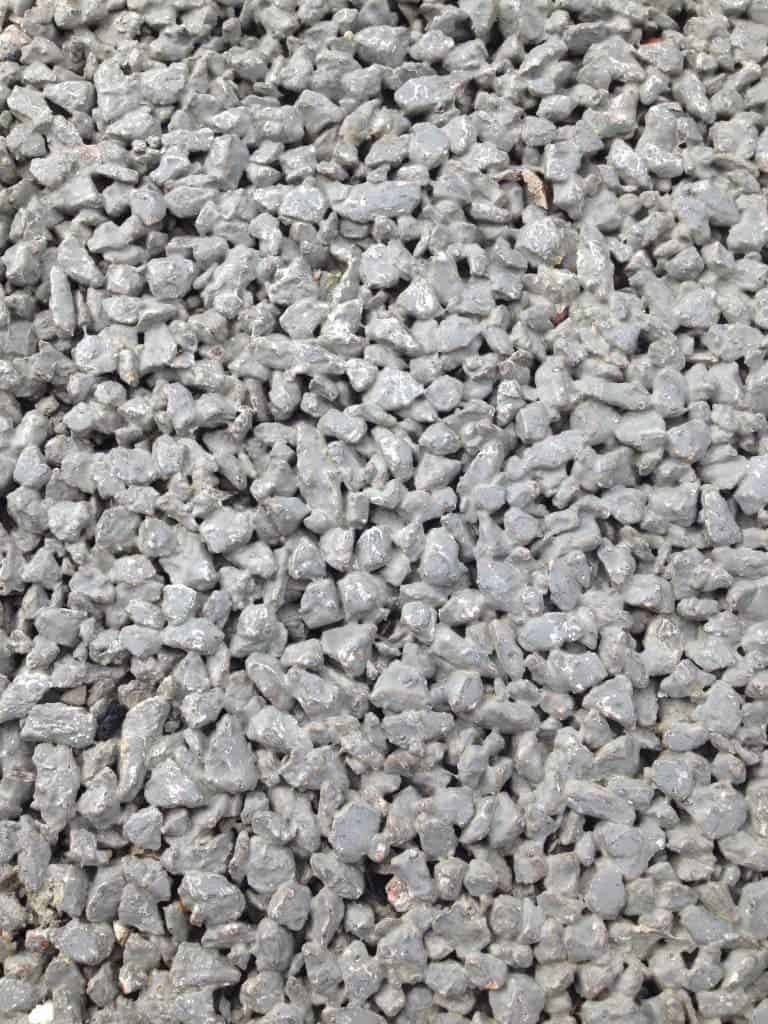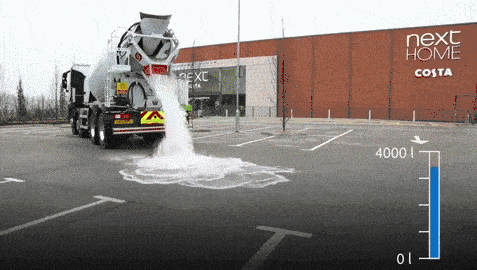When there’s rain, let alone a storm, city streets form puddles and in some extreme cases get flooded. That’s because concrete mostly keeps water out, and only a tiny volume gets absorbed. A company from the UK, however, has come up with such an innovative solution that it almost seems like magic were it not pure science at work. Namely, they came up with a new kind of concrete that allows more water to percolate through its gaps, so much that 1,056 gallons were gobbled up in under 60 seconds during a test. It all seems unreal – but it’s as concrete as it gets.
Pavements that allow water to creep through aren’t exactly new. For decades various universities and private companies demonstrated permeable pavements and deployed these in pedestrian areas. The Topmix Permeable material stands out, however, since it’s a type of concrete and hence supports more weight.
[LEARN] What exactly is concrete?

Traditional concrete can absorb only 300 millimeters of water an hour. In contrast, Topmix can safely due away 36,000 millimeters of water an hour. The company behind the material, Tarmac, says this is possible because their concrete is more porous seeing how crushed granite replaced fine sand which typically blocks the water. Once past the concrete, the water can either percolate straight into the ground which naturally has a high absorption potential or it can wind up in sewers or the stormwater drainage. Alternatively, the water can be collected in a special container for later use in flushing toilets or irrigation. It all depends on what a municipality needs.
As climate change intensifies and storms become more frequent, so will the sight of flooded streets. Most cities in the United States are in desperate need of an overhaul seeing how their stormwater drainage systems are old, leaky and out of phase with current needs. Topmix might be part of the mix of solutions that municipalities might employ to keep their cities in order.
[MORE] Self-repairing concrete might build the world
At the moment, Topmix is available for sale only in the UK. Tests ran by Tarmac suggest, however, that Topmix isn’t suitable for busy streets. It’s optimal for traffic 30 miles per hour or less and the concrete doesn’t fair too well in the cold. Less busy streets and parking lots seem like a great fit though and, who knows, a future refined version might be able to hold more weight. Either way, who knew concrete could be this thirsty?







